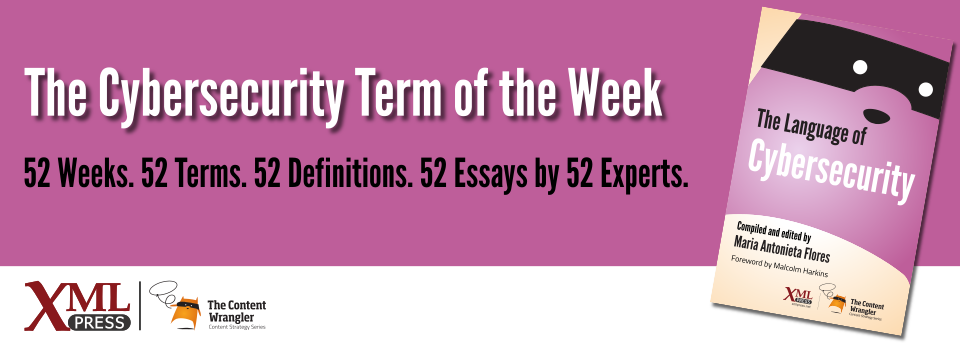“The RIGHT perspective makes the impossible POSSIBLE”
— Unknown Author
It’s a matter of perspective. The Language of Cybersecurity tackles a communication gap in cybersecurity.
As a technical communicator, I have been explaining technology to the not-so-technically inclined for decades – not the innards and workings, just what they need to get their work done. To them, technology is a set of tools to improve the productivity, quality, and joy that they get from their work. I make that possible and easy.
The Language of Cybersecurity came about when I was researching for a PCI DSS procedure documentation project. I have written user procedures in dozens of realms. I had the confidence to take on this one, but I needed a little domain knowledge and context. It was a challenge to find general information at the very high level that I needed to do the work. There were glossaries, Wikipedia, and many blog posts and articles to read, but nothing I found defined the subject with just enough context to point me in a useful direction.
This book intends to help to fill that gap. It presents a set of cybersecurity terms that every business professional should know – a first level of context for the uninitiated. Each term has a definition, a statement of why it is important, and an essay that describes why business professionals should know the term. Many of the essays use metaphors or examples that help you to apply what you already know to understanding the cybersecurity term and its use.
This book is not exhaustive. It highlights 52 terms that are useful to know whether you are confused by a report from your IT professionals, contemplating working in a security environment, or just need to present security matters to others in understandable terms. In addition, there is a glossary of additional terms and a set of references to give you further information about the term.
The contributors to this book are thought leaders, educators, experts, regulators, bloggers, and everyday practitioners who work in their own way to communicate important security information. They share my desire to make these important concepts accurate and accessible.
Most people know more about cybersecurity today than they did last year. I started this book to hasten the time when we can talk about cybersecurity with the same fluency that we have when we talk about other complex technical things, such as automobiles or cell phones. We might not know how to build them or exactly how they work, but we can sure use them.
The content is divided into digestible chunks of related terms:
- Vulnerabilities: weaknesses that can threaten your information
- Exploits: methods used to attack your systems and information
- Defenses: steps you can take to safeguard your information
- Planning, Management, and Controls: tools that you can put in place to mitigate security risks
- Compliance: rules of the road for cybersecurity
The Language of Cybersecurity is both an easy read and a handy reference for business professionals and cybersecurity specialists.
A note on the term cybersecurity: Over the last several years, this term has been spelled in several different ways, including cyber security, cyber-security, and cybersecurity along with variations in capitalization. We chose to consistently spell the term as cybersecurity, because this form is now preferred by the Merriam-Webster dictionary and the Associated Press (AP) style guide. Although common usage does vary in different countries – for example, you may be more likely to see Cyber Security in the UK – we decided to stick with one form for this book, unless the term appears differently in a company name or the title of a publication.
Maria Antonieta Flores
July 2018

